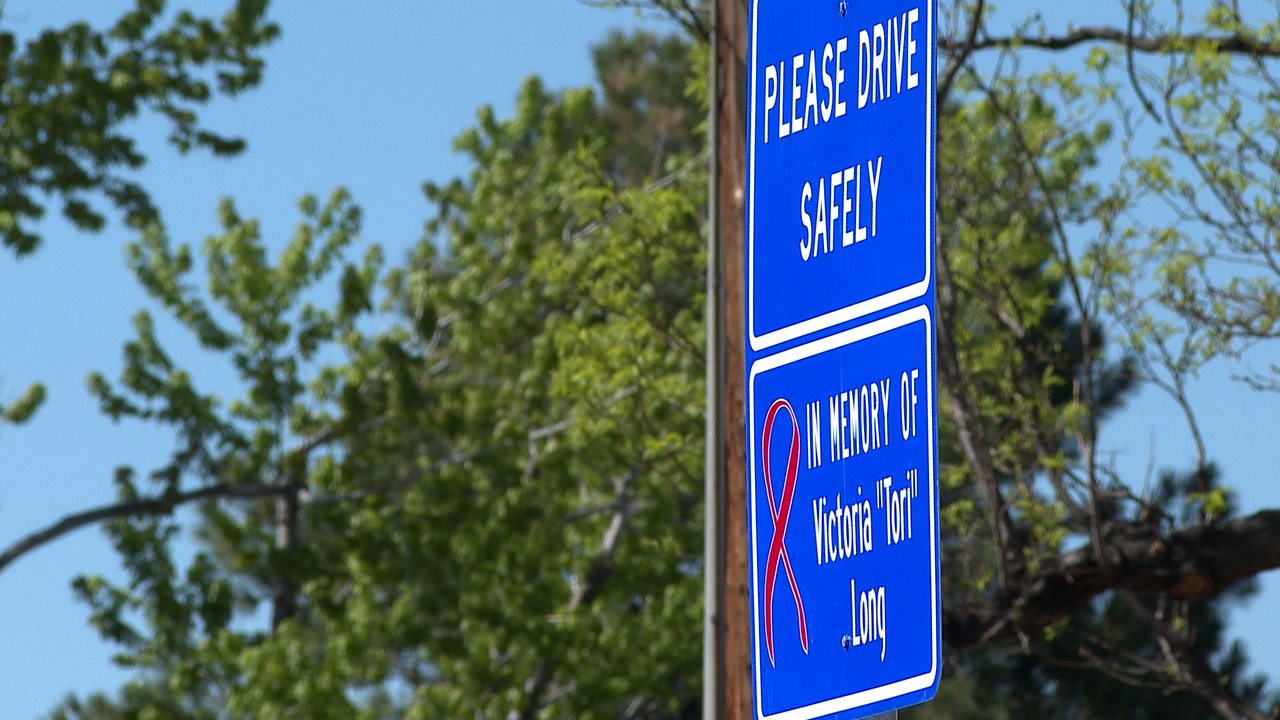DENVER (KDVR) — The 2020 elections capped a political shift following the massive population expansion Colorado saw in the last ten years. The state enters the new decade politically Democratic, though there is historical reason to question if that will last.
Voter turnout crushed records during this divisive election, with 86.87% of active, registered voters casting a ballot. A total of 3,295,666 votes were cast: 1,804,196 for Joe Biden and 1,34,471 for incumbent Donald Trump, or 55.4% and 41.9% of the total, respectively.
This cements Colorado’s status, at least for now, as a blue state.
This is the fourth time in a row Coloradans have voted for a Democratic candidate, a record trend. Historically, the state votes Republican, as it has in two-thirds of all presidential elections since it achieved statehood.
Blue politics also control non-national areas – 2018 midterms gave Democratic control to all three branches of state government – and national, non-executive areas. This year, voters ousted conservative incumbent Sen. Cory Gardner in favor of former governor Democrat John Hickenlooper, flipping a traditionally red U.S. Senate seat.
Democratic victories reflect Colorado’s population trends, which reflect those of other states – rural red votes and urban blue votes. However, rural population has not kept pace with Colorado’s urban population boom in the last decade.
Almost twice as many of Colorado’s counties voted for Trump as voted for Biden, and the Trump counties voted more strongly for Trump than Biden’s strongest counties.
Still, political engagement no longer matter for rural counties. The counties that voted Biden are populous enough to effectively nullify the rural red vote.
Nearly 85% of Colorado’s population now lives in only eleven counties, all of them along the Front Range – Denver, El Paso, Arapahoe, Jefferson, Adams, Larimer, Douglas, Boulder, Weld, Pueblo and Broomfield. Of these counties, only El Paso, Weld and Douglas counties voted Trump.
Only Douglas and El Paso counties are populous and wealthy enough to have prevented a total shutout of largescale conservative votes by Democratic, urban and suburban counties.
The two counties that voted most strongly in favor of Biden were Denver and Boulder, followed by upscale resort counties Pitkin and Summit. The thickly populated counties around the Denver metro also swung Biden, those less strongly than Denver and Boulder.
By contrast, the counties that voted most strongly for Trump are some of the state’s least populated. Kiowa, Cheyenne, Washington, Baca and Rio Blanco counties were the five heaviest for Trump, and each is among the least densely populated counties in the state.
The same trend holds when controlled for population density.
Counties with the fewest residents per square mile tended to vote Republican. As they get more densely packed, they tended to vote more Democratic.
The pattern is even more pronounced when comparing the median household income in each county. As median incomes climb, blue votes are more consistent. This trend is solid until the $85k – $163k tax bracket is passed and counties are more likely to vote red.
National statistics mirror these Colorado trends.
However, this is not the first time Colorado has voted strongly blue in presidential races.
It voted for Franklin D. Roosevelt all four times he ran, winning over Alf Landon by 23% in 1936. Coloradans also elected Lyndon B. Johnson by a landslide 23% in 1964 over conservative icon Barry Goldwater, and voted in Bill Clinton over George H. W. Bush in 1992.
Between each of these Democratic votes are large stretches of Republican presidential victories, some of them landslides. Coloradans gave Ronald Reagan majority vote in both his election runs, one of which beat challenger Walter Mondale by 28% of the Colorado vote. Colorado voted for presidents Eisenhower, Nixon and George W. Bush.
The next year and next ten will test the assumption that Colorado’s voting behaviors during the tumultuous and divisive Trump years will prove durable.

